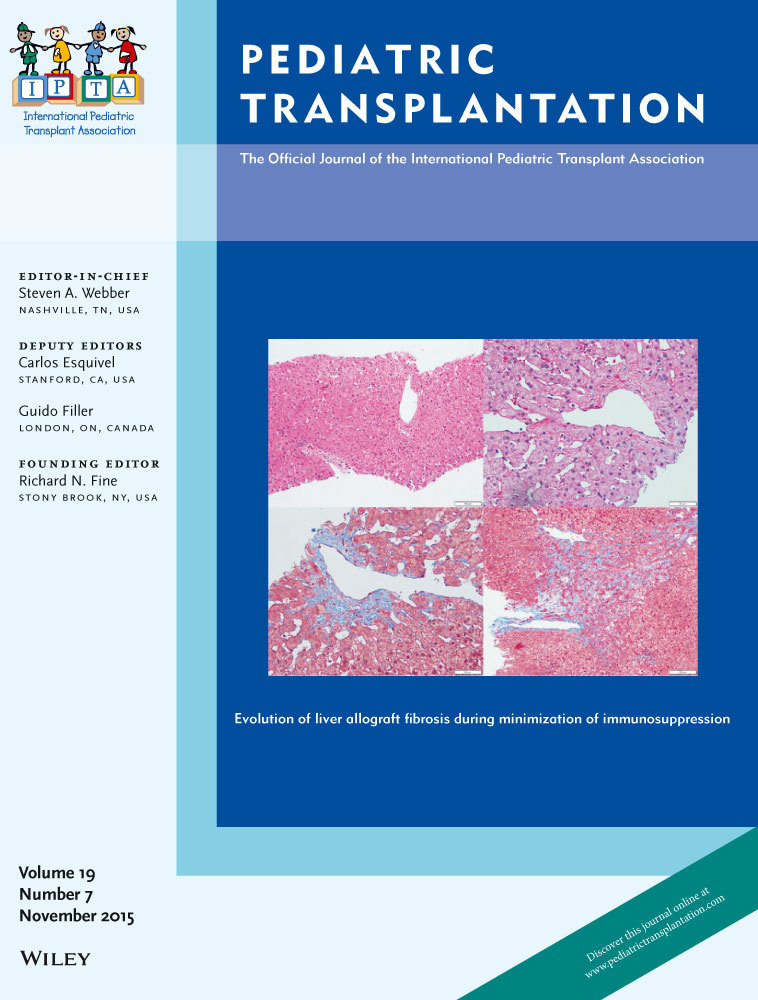Hyponatremia, hypo-osmolality, and seizures in children early post-kidney transplant
Abstract
Post-transplant seizures are uncommon in young kidney transplant recipients but can be harbingers of devastating outcomes such as cerebral edema and death. We reviewed all transplants performed at our institution from January 2013 to January 2014 and compared three patients who seized within 24 h post-transplant (cases) with the remaining 33 transplant recipients (controls). Records were reviewed for hyponatremia, hypocalcemia, hypomagnesemia, BUN clearance, osmolality shifts, and blood pressure control in the first 24 h post-transplant. All cases had more pronounced (p < 0.001) shifts in serum sodium and calculated serum osmolality, with their sodium decreasing by >15 mmol/L to nadir values of 124, 131, and 131 mmol/L, respectively. There were no differences in serum calcium corrected for hypoalbuminemia, serum magnesium, urine output, or blood pressure control between the groups. Our study suggests that mild hyponatremia and an acute decrease in serum osmolality are risk factors for potentially severe postoperative neurologic complications following kidney transplantation. Thus, peri-transplant management should be optimized to anticipate and prevent these abnormalities.




